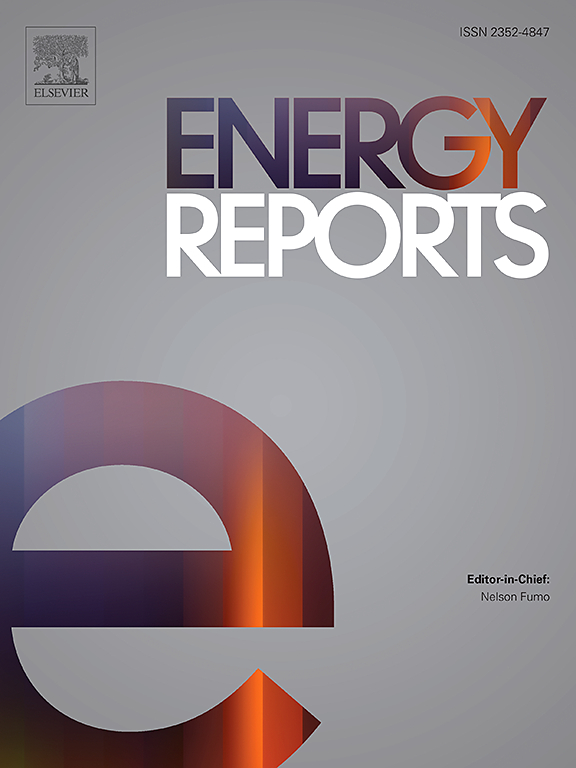Innovations in energy harvesting: A survey of low-power technologies and their potential
IF 5.1
3区 工程技术
Q2 ENERGY & FUELS
引用次数: 0
Abstract
Nowadays low-power energy harvesting technologies represent the most sustainable and reliable alternative to traditional batteries that convert ambient energy from chemical reactions, vibrations, magnetic fields, and moisture into usable electrical energy for compact and self-sufficient electronic devices. However, a significant research gap into assessing the reliability, efficiency, and practical deployment of these technologies in various applications still exists. This article encompasses a comprehensive review of different types of electrochemical, kinetic, capacitive, inductive, piezoelectric, and moisture-based energy harvesting techniques. Each method is investigated with respect to their fundamental physical concepts. Thus, a critical discussion of the scientific evolution and functional mechanisms of each technology along with their applications and output characteristics is presented. Based on output characteristics, applications of these energy harvesting techniques in portable electronics, medical implants, wireless sensor networks, industrial monitoring systems, and smart infrastructure are examined in detail. Key challenges, including limited energy conversion efficiency, material constraints, and economic feasibility, are addressed to highlight current limitations. By identifying future research directions and emerging trends, this study highlights the potential of low-power energy harvesting technologies to provide sustainable and reliable energy solutions for several low-power electronics.
能源收集的创新:低功耗技术及其潜力的调查
如今,低功耗能量收集技术代表了传统电池最可持续、最可靠的替代方案,它将来自化学反应、振动、磁场和水分的环境能量转化为紧凑、自给自足的电子设备可用的电能。然而,在评估这些技术在各种应用中的可靠性、效率和实际部署方面,仍然存在重大的研究差距。这篇文章涵盖了不同类型的电化学、动力学、电容、电感、压电和基于水分的能量收集技术的全面回顾。每种方法都是根据它们的基本物理概念来研究的。因此,对每种技术的科学演变和功能机制以及它们的应用和输出特性进行了批判性的讨论。基于输出特性,这些能量收集技术在便携式电子设备、医疗植入物、无线传感器网络、工业监控系统和智能基础设施中的应用进行了详细的研究。关键的挑战,包括有限的能量转换效率,材料限制和经济可行性,强调当前的局限性。通过确定未来的研究方向和新兴趋势,本研究强调了低功耗能量收集技术的潜力,为几种低功耗电子产品提供可持续和可靠的能源解决方案。
本文章由计算机程序翻译,如有差异,请以英文原文为准。
求助全文
约1分钟内获得全文
求助全文
来源期刊

Energy Reports
Energy-General Energy
CiteScore
8.20
自引率
13.50%
发文量
2608
审稿时长
38 days
期刊介绍:
Energy Reports is a new online multidisciplinary open access journal which focuses on publishing new research in the area of Energy with a rapid review and publication time. Energy Reports will be open to direct submissions and also to submissions from other Elsevier Energy journals, whose Editors have determined that Energy Reports would be a better fit.
 求助内容:
求助内容: 应助结果提醒方式:
应助结果提醒方式:


